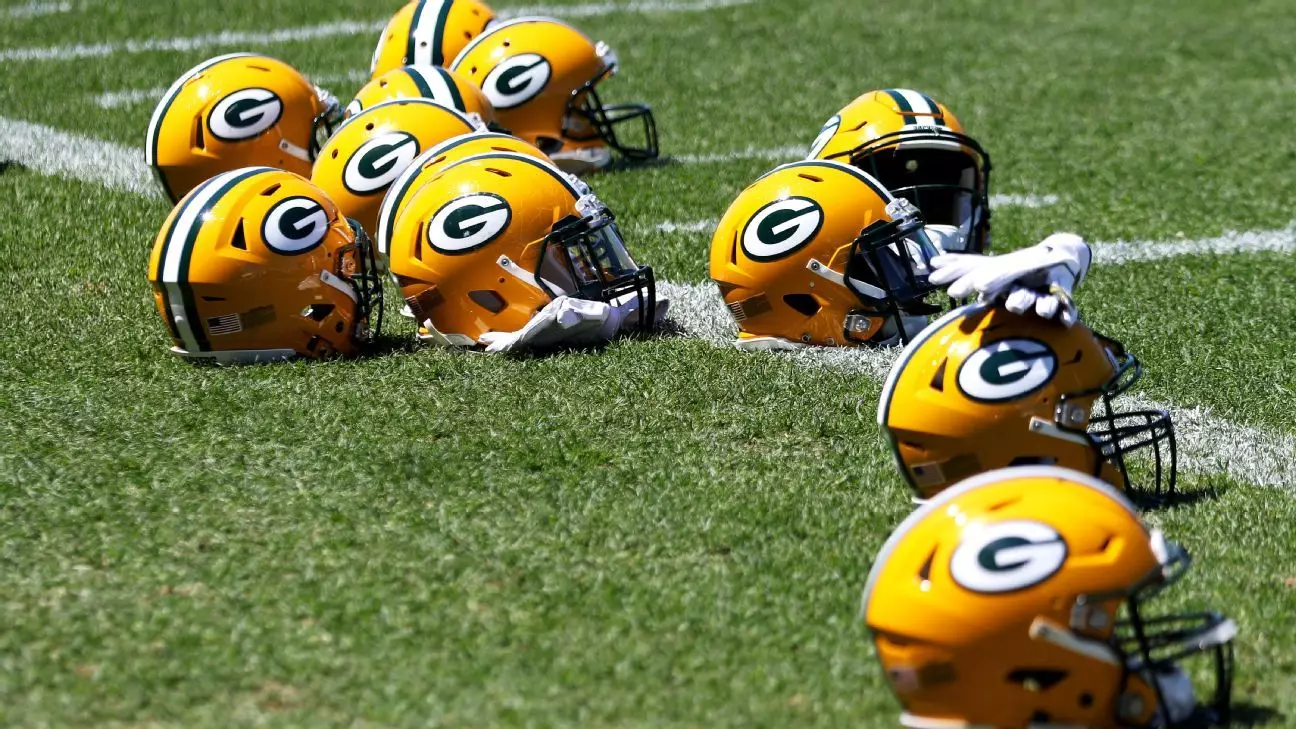Over nearly two decades, the Green Bay Packers have transformed from a modestly financed team to a financial powerhouse, illustrating the staggering evolution of the NFL’s revenue landscape. When Mark Murphy assumed the presidency, league-wide revenue sharing hovered around $138 million per team. Today, that figure has surged past $432 million—highlighting an era of unparalleled growth driven by broadcasting deals, streaming innovations, and strategic financial management. This progression is more than mere numbers; it reflects the NFL’s broader ascendancy as a global entertainment juggernaut. The Packers’ fiscal development underscores a broader industry trend: the league’s ability to continually capitalize on media rights and fan engagement has revolutionized the team’s financial stability and growth potential.
Revenue Sharing as a Testament to League-Wide Prosperity
The Packers’ financial transparency acts as a window into the league’s expanding wealth. As the league’s only publicly owned team, their financial disclosures are meticulous, offering insights into how revenue sharing functions across the NFL. With each team receiving over $432 million in national revenue sharing, the league distributed an astonishing $13 billion last year. This mechanism insulates smaller-market teams and promotes competitive balance, but it also reveals the league’s increasing capacity to generate colossal sums of income. Murphy’s remarks reflect genuine awe at the league’s revenue-generating prowess—an indication that NFL’s economic infrastructure is more resilient than ever.
The Transformation of TV and Streaming Rights
Central to this boom is the NFL’s mastery of television and streaming rights. Murphy emphasizes that roughly 60% of the Packers’ total revenue derives from national deals—dominating income streams that have evolved from traditional TV broadcast to include digital streaming platforms. The league’s steady growth expectation of about 7% annually hinges on these media rights. The strategic shift toward streaming signifies the NFL’s forward-thinking approach, embracing technological advances to maximize revenues. Despite the prominence of digital platforms, Murphy notes that broadcast television remains the dominant source, illustrating the league’s ability to balance old and new revenue models effectively.
Local Revenue and Infrastructure Investments
While national revenue is soaring, the Packers’ local revenue also demonstrates resilience, bolstered by their unique scheduling—hosting nine home games in recent seasons. Such scheduling not only boosts local income but exemplifies the league’s flexibility in maximizing venue profitability. This local revenue rise from $251.8 million to over $286 million underscores the importance of community engagement and stadium capacity management. Additionally, the team’s investment of $675 million into Lambeau Field and other facilities reinforces a strategic focus on maintaining top-tier assets and facilities that foster fan loyalty and sustain long-term profitability.
Financial Prudence in a Unique Ownership Model
Perhaps most remarkable is the Packers’ ownership structure—over half a million fans collectively own the team, with strict regulations preventing any single individual from gaining disproportionate control. Unlike other franchises, the Packers can’t easily turn to private equity or rich owners for quick capital infusions. Instead, they rely on disciplined financial reserves, like the growing $579 million corporate fund, and strategic reinvestment. During Murphy’s tenure, the team’s consistent investment into infrastructure and reserves demonstrates a prudent approach rooted in stability rather than risk-taking, which sets a trustworthy example for other organizations that operate without billionaire owners.
Strategic Investments and Future Outlook
The Packers’ focus isn’t just on immediate profits; they are investing heavily into their future. The renovation and modernization of Lambeau Field, along with the steady buildup of reserve funds, ensure the team’s financial strength endures. This approach also reflects a broader philosophy: prioritize sustainable growth over speculative ventures. Murphy’s tenure exemplifies leadership that understands the importance of balancing revenue growth with community roots and fiscal responsibility. As he prepares to step down, the message is clear: the Packers’ financial model, combined with league-wide revenue expansion, positions the franchise—and by extension, the NFL—as a dominant, enduring global enterprise.
The Green Bay Packers exemplify how strategic financial management, innovative revenue generation, and a unique ownership structure can elevate a team within a fiercely competitive industry. Their growth story isn’t just a matter of dollars; it’s a testament to resilient, adaptive leadership that prioritizes long-term stability and community trust—elements essential for enduring greatness in the modern sports world.


Leave a Reply